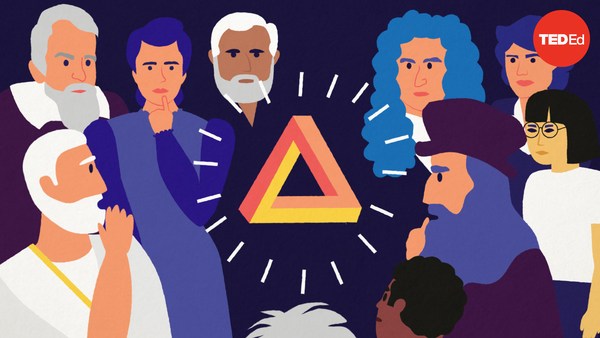Ever since Albert Einstein published his Special Theory of Relativity in 1905, one equation has been the bane of humans hoping to explore the stars: E=mc². In addition to informing our understanding of gravity, space, and time, this formula implies that traveling at or beyond light speed is impossible. And given how expansive the universe is, this speed limit severely restricts our ability to zip around the cosmos. But while most physics textbooks describe this speed limit, their explanations don’t always tell the whole story.
In Einstein’s equation, E stands for energy, m for mass, and c for a constant— specifically, the speed of light in a vacuum. C squared is a huge number, which means it requires enormous amounts of energy to move even small amounts of mass close to the speed of light. This relationship is why the only particles that can travel at light speed are those with no mass at all, such as photons.
That’s the short answer for why objects with mass can’t reach or exceed light speed. But to make full use of Einstein's equation, physicists often include one more variable. This gamma represents the Lorentz Factor, which models how an object’s velocity changes the way that object experiences time, length, and other physical properties. Now, when an object’s velocity is a very small percentage of the speed of light, this variable resolves to 1, so it doesn’t impact the equation. However, when an object is moving fast enough, this denominator drops to 0. Since dividing by 0 is impossible, this breaks the equation and makes the variables therein mathematically impossible— hence the unbreakable speed limit.
But what does it actually mean for this math to break down? To answer that, we need to understand the physical system its modeling: spacetime. After Einstein published his theory of special relativity, his mentor Hermann Minkowski realized that— if his student was right— it would mean space and time were not two separate entities, but one connected system. And everything in the universe travels through space and time simultaneously. However, traveling through one of these vectors limits the speed at which we can travel through the other. To picture this, imagine moving north at a fixed speed. You could turn to travel east at the same speed, but moving northeast would mean you move in both directions more slowly. The tradeoffs are the same when we move through spacetime. Since our typical movement through space is so much slower than the speed of light, we mostly perceive moving through time at a relatively steady speed. But if an object managed to move through space at the speed of light, it would no longer move through time. This is the kind of time dilation charted by the Lorentz Factor, which models how time slows down for objects moving at incredibly high velocities.
This nuance is just one of several hiding in E=mc². For example, the c in Einstein’s equation refers specifically to the speed of light in a “vacuum,” which outer space approximates. But light’s speed is actually defined by what it’s traveling through. For example, when light travels through water, its speed is reduced by about 25%. And scientists can propel low mass particles like charged electrons through water at speeds faster than these photons. This means that underwater, some particles can travel faster than light; and doing so emits a ghostly blue glow known as Cherenkov radiation.
Despite these loopholes, the major takeaway of E=mc² remains true. As far as we know, we still can't travel faster than light in a vacuum. But this hasn't stopped scientists from theorizing what might happen if we did. If you were on a spacecraft approaching light speed, your vision would likely become kaleidoscopic. The direction your ship moved would appear blue-shifted, while the things next to and behind you would be red-shifted. And if you were somehow able to reach or exceed light speed, it might even manifest as some kind of time travel— potentially letting you chat with Einstein himself to rewrite our fundamental understanding of physics.


